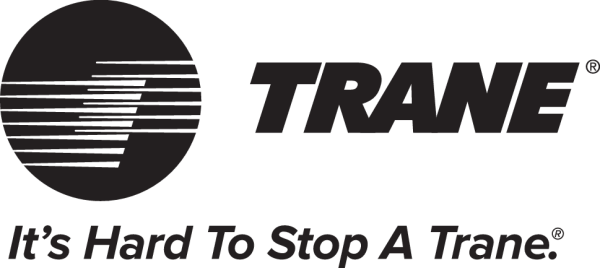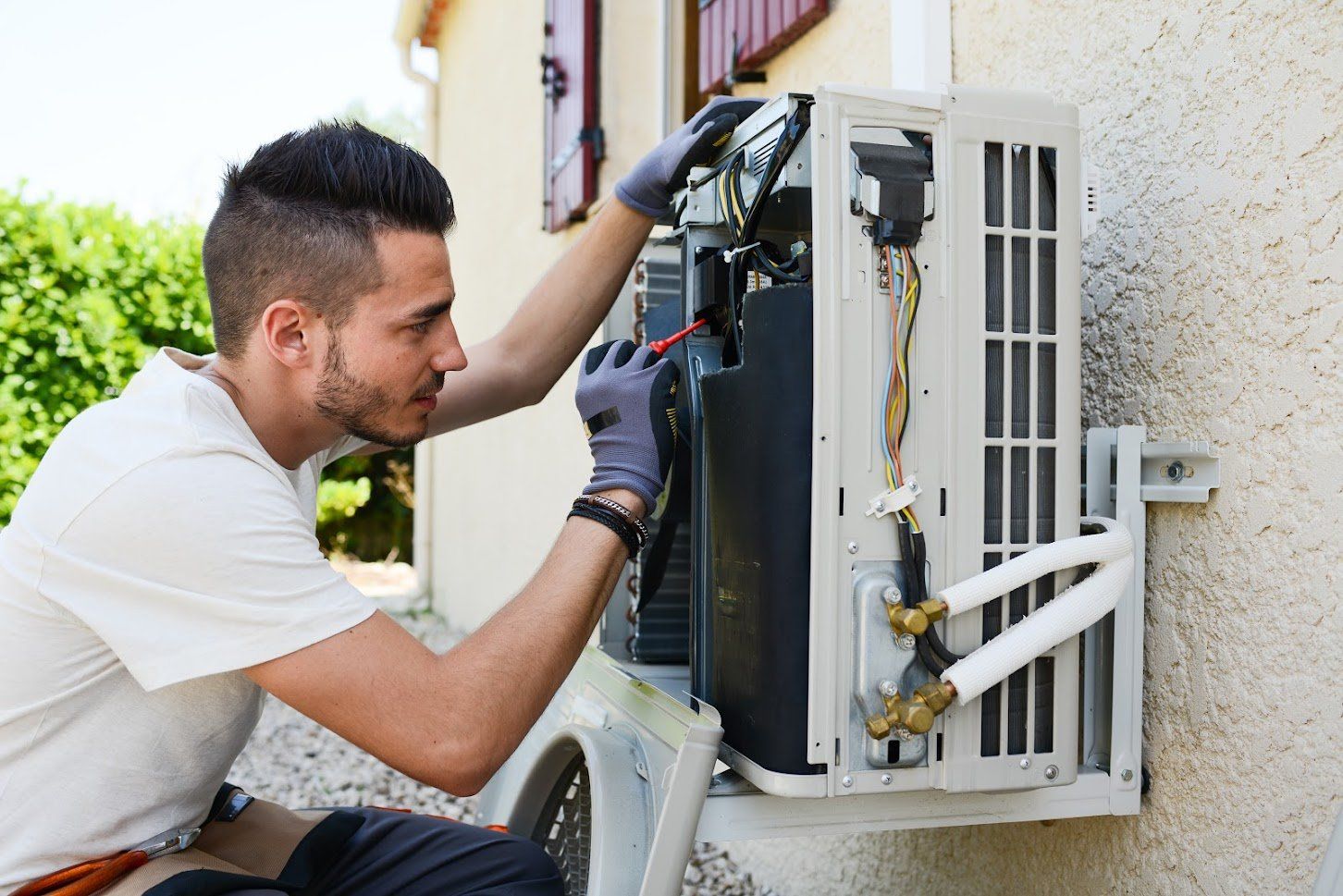Types of Furnaces for your home
A furnace is a significant home heating system that you should have as winter approaches. A good furnace will keep your home warm and cozy throughout the season. Modern furnaces can also have humidifiers that can filter air contaminants and improve your home's indoor air quality.
Perhaps you don't have a furnace or your current one broke down, and you desire to purchase a new one. Before you buy a furnace, you should be clear about the available options so that you make the right decision. To help you out, we've compiled a detailed discussion about common types of furnaces available today.
Read on to learn more about the most common types of furnaces.
Electric Furnaces
The lack of gas line requirements in electric furnaces makes them common in many homes today. Many homeowners prefer electric furnaces because of their low installation costs. However, the operating costs of these furnaces are quite high.
These furnaces use electrical power to warm the cold air which is pulled from the outside. Once the air is warm, the furnace then releases it into the room through air ducts. Before you purchase an electric furnace, check its parts and features. Examples of features to check out are a blower fan, heat elements, plenum, thermostat, filters, and power relay.
Gas Furnaces
Low maintenance costs make gas furnaces affordable and the perfect option for homeowners. But, you must be aware of the various types of gas furnaces before you purchase one for your home. Examples of the gas furnaces you can choose from are natural gas, modulating, single-stage, and two-stage furnaces.
Natural gas furnaces do not easily break down, which makes their maintenance more affordable and convenient. Modulating furnaces are a good option because of their ability to consume fuel more efficiently.
A single-stage furnace can produce adequate heat to warm your home effectively. Lastly, a two-stage furnace doesn't produce noise or a lot of carbon dioxide to harm the surrounding environment.
Wood Furnaces
If your home is in a place with adequate firewood, consider a wood furnace. A closed firebox made of solid metal and one or several air controls are the major parts of a wood furnace. A wood furnace is a cost-effective option that typically ranges from $2,600 to $12,500.
The available wood furnace models in today's market have additional features, like blowers, for better heat distribution. Also, modern wood furnaces don't only rely on one source of fuel since they can use either kerosene, oil, or gas. Wood furnaces also require more maintenance work and have reduced energy efficiency levels.
Oil Furnaces
Consider an oil furnace if you don't have a gas line or electricity in your home. But keep in mind that oil furnaces are not as affordable as other furnaces because of the increased oil prices. These furnaces also require a little more work to maintain.
A burn chamber is a significant part of an oil furnace as it ensures proper heat production. In the chamber, oil gets converted into a mist, which then moves to the burner. Because of the hot mist in the burner, the incoming cold air gets warmed up and then released into the room through the duct system.
Propane Furnaces
Although propane and natural gas furnaces work in similar ways, propane furnaces don't use natural gas. Instead, they heat the liquid propane and transform it into a gas. The hot gas then warms up the incoming cold air in the heat exchanger before releasing it through air vents.
Propane furnaces are common options because of their cost-effectiveness and versatility. They are also warmer options and safe for the environment because of their low carbon content emissions.
Once you find a suitable furnace for your home, contact a professional HVAC technician to install it. At Brothers HVAC, we guarantee you quality furnace installation services.














